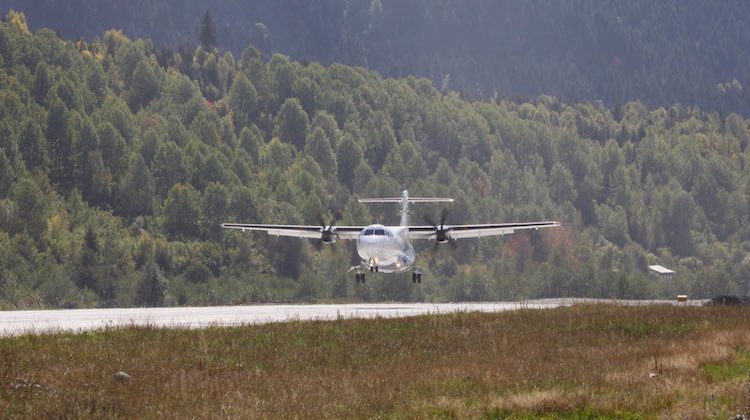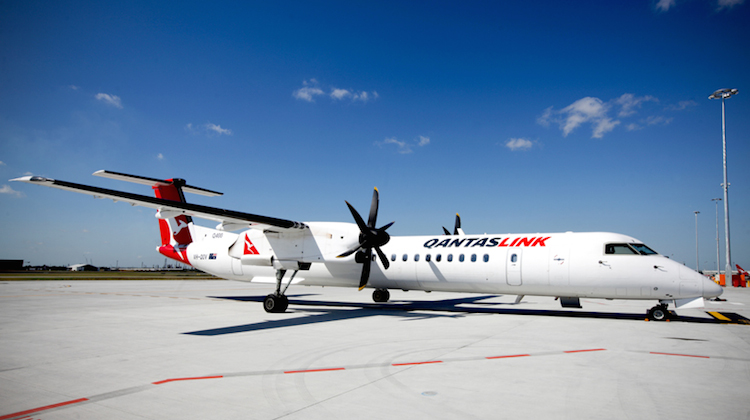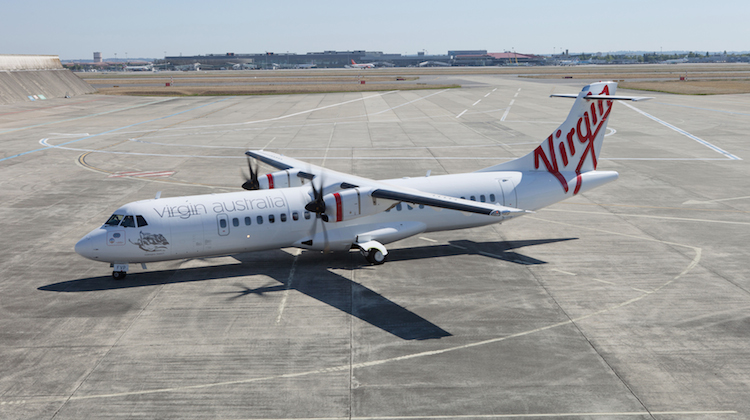
Aircraft manufacturer ATR expects the fast-growing Asia Pacific region will require 740 new turboprops over the next two decades to support the introduction of new routes and growing demand for travel from so-called secondary cities.
The figure, contained in ATR’s turboprop market forecast for 2018-2037 and published on July 2, did not include the Chinese market.
Of the 740 new turboprops, ATR said it expected 425 aircraft to be used for growth, with 315 earmarked to replace older aircraft.
The installed turboprop fleet in the Asia Pacific region was tipped to grow from 590 aircraft in 2017 to 1,015 in 2037, split between 140 aircraft in the 50-seat segment and 600 in the 70-seat segment.
“Route creation will accelerate and drive growth, especially in South East Asia, where air connections will offer a faster and more efficient choice to travellers,” the ATR turboprop market forecast said.
“Many ageing and out of production turboprops are still operated in mature countries and will have to be replaced.”
The forecast expected 440 new routes to be created in Asia Pacific (excluding China).
The outlook is down slightly from ATR’s previous forecast, published in 2016, which estimated 750 new turboprops for the next two decades for Asia Pacific.
In terms of global demand, ATR’s turboprop market forecast for 2018-2037, said the turboprop fleet around the world would grow from about 2,260 aircraft in service in 2017 to 4,060 by 2037.
The increase of 1,800 turboprops over the coming two decades would comprise 1,220 aircraft for replacement and 1,800 for growth, with 1,040 aircraft flying currently expected to remain in service.
All up, that represented total turboprop deliveries of 3,020 over the next two decades.
“Fleet growth is envisioned to account for 60 per cent of turboprop deliveries in the next 20 years,” ATR said.
“Most of this growth is driven by the creation of new routes as part of airlines’ network development strategies.
“The other part relates to the expanded usage of the turboprop technology in pre-existing markets.”
ATR product lineup comprises the 72-600, which seats between 44 and 78 passengers depending on configuration, and the 42-600 (30-50 seats). The aircraft is powered by Pratt and Whitney Canada PW127 engines.
Its competition in this segment of the market is Bombardier’s Q400 turboprop, which can seat between 50 and 90 passengers depending on configuration.
In Australia, Qantas subsidiary Sunstate flies 31 Q400s under the QantasLink brand, while Virgin Australia operates a fleet of six 72-600s.













